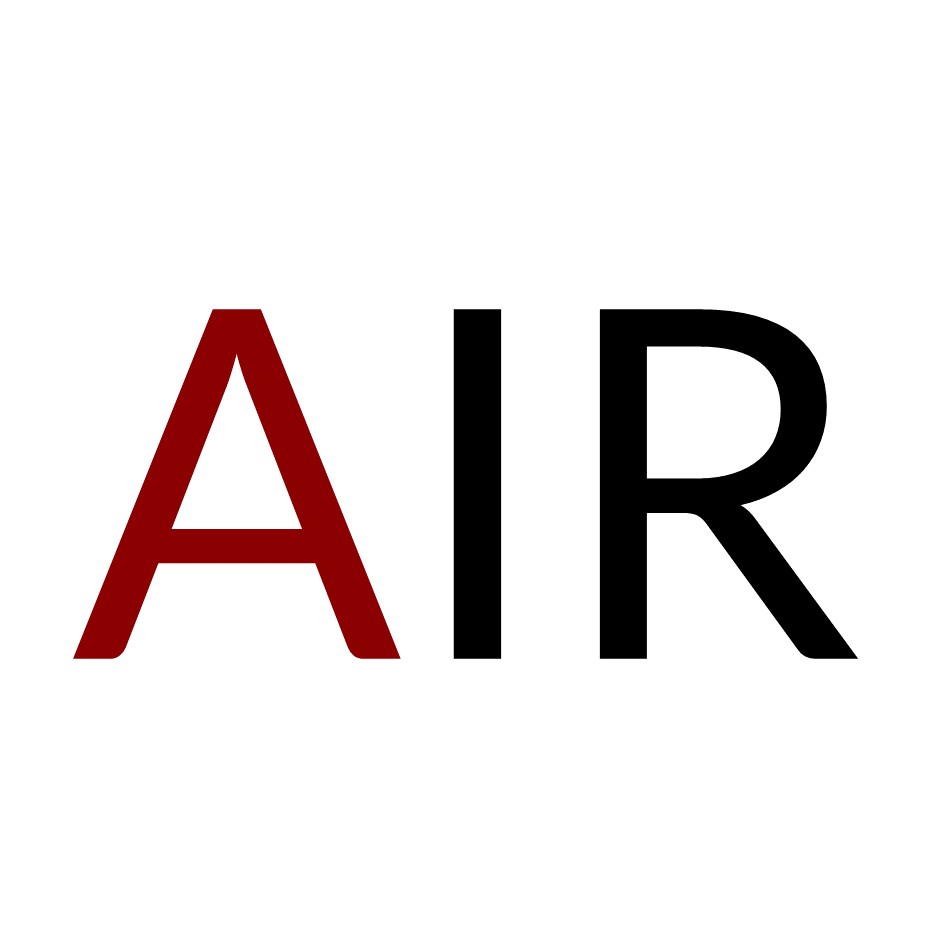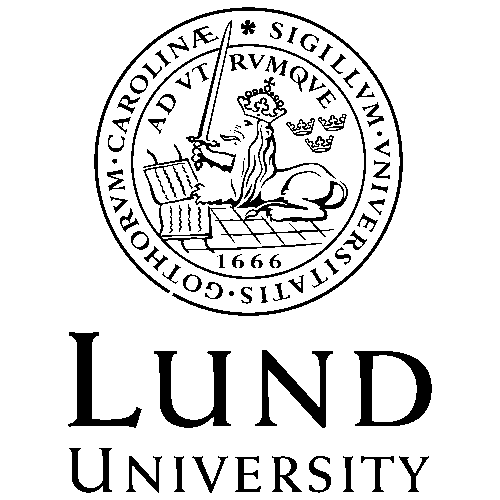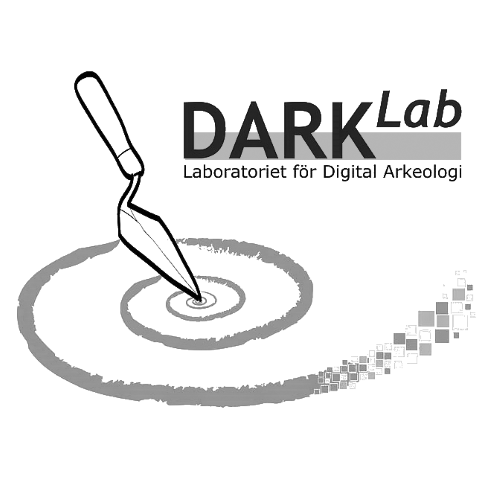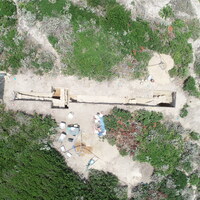en
SU 10009 represents a somewhat compact, somewhat sandy layer of soil across the easternmost third of the trench. We began SU 10008 and SU 10009 at the same time, differentiating them to see if there were any material differences between the up-slope area vs. the down slope area. The material was largely the same, though the soil matrix of SU 10009 was sandier than SU 10008, which has been the case for the layers above as well. SU 10009 contained low levels of ceramics, tile, bone, and shell. Underneath SU 10009, we found a compact clayey layer, now called SU 10011, reminiscent of the surfaces we excavated in trenches 2000 and 7000. In the course of excavating SU 10009, we exposed more of the basalt outcrop, which seems more and more like proper bedrock. Immediately adjacent to the north of the basalt, there was a high amount of stones and degraded mortar - not in situ but perhaps deposited later. In the course of excavating SU 10009, we exposed these stones without finding 10011, though the rain on June 14th may have degraded this layer to the point that we were not able to find it. We found the same compact layer to the east of the bedrock, which we will excavate as SU 10012. Ultimately, SU 10009 appears to be an post-abandonment accumulation, perhaps the first one after SU 10011/10012 ceased to be used. SU 10009 is equal to SU 10008, but with a slight differentiation in terms of material and soil matrices because of the slope and proximity to the walled structure.
























